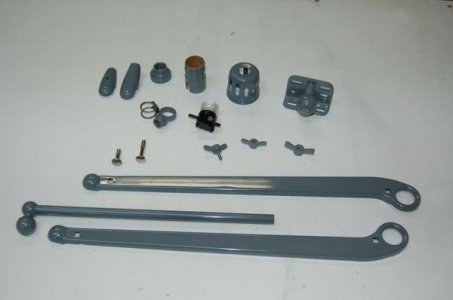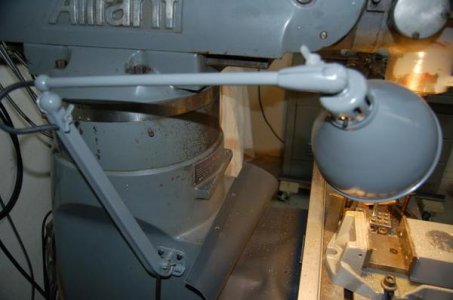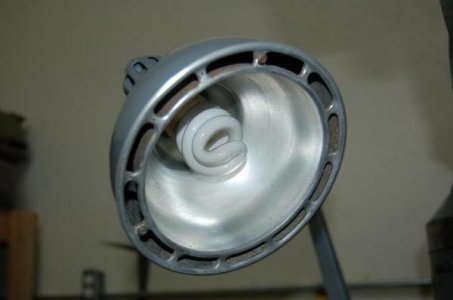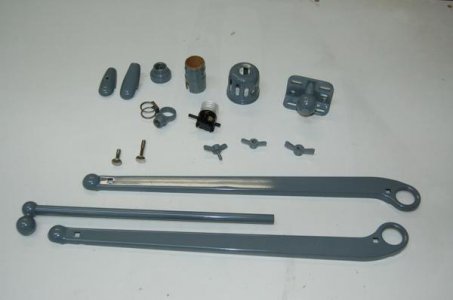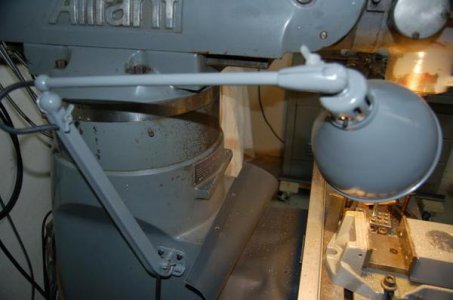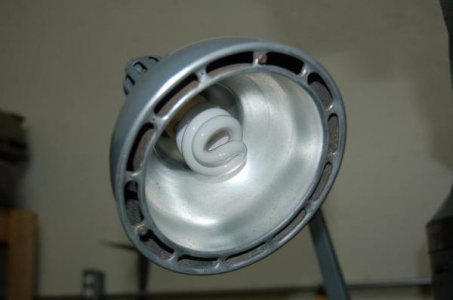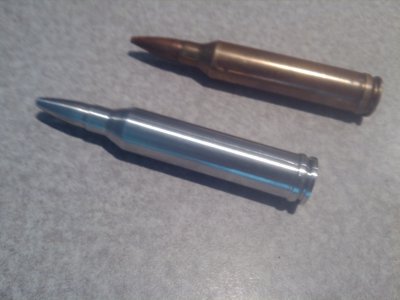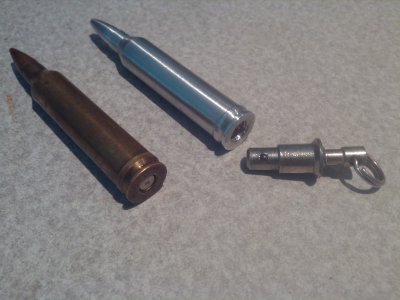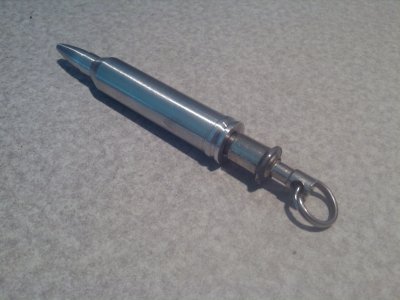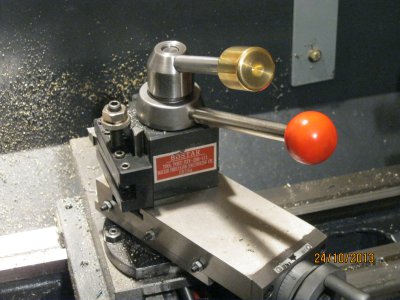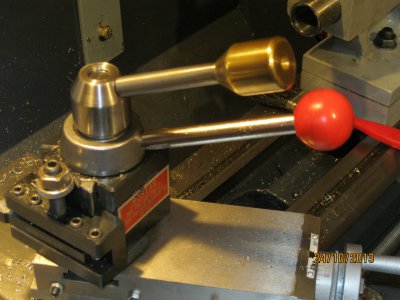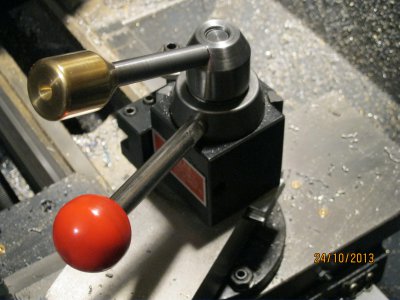On various occasions I do plumbing projects around the house and sheds, generally with PVC, CPVC, and sometimes copper pipe. I don't do it frequently enough to justify buying a bunch of specialized tools. But I do like to clean up the OD of the pipes after sawing to length - removing the "crumbs" makes it easier to get the pipe into the socket, as well as keeping the water cleaner, preventing clogged aerator screens, etc.
Rather than buying a bunch of different sized pipe bevelers. I've usually used a small wood plane to clean up the OD. Only trouble is, keeping the pipe aligned against the plane iron is hard on the thumb ... and incipient arthur-itis has been adding to the difficulty.
Today I made an adjustable stop to help locate the pipe on the plane when deburring.
I started by tapping a 1/4-20 hole in the sole of a small plane. Then I milled down one leg of a piece of 3" x 3" aluminum angle. This would be the face against which the pipe is held. The base got a guide strip down one edge and a slot slightly wider than 1/4" down the center line. The slot allows positioning the stop for various pipe sizes, up to 2" (nominal).
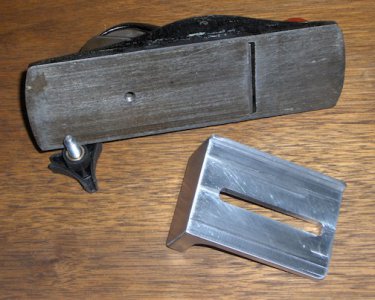
The guide plate is attached to the plane with a wing nut.
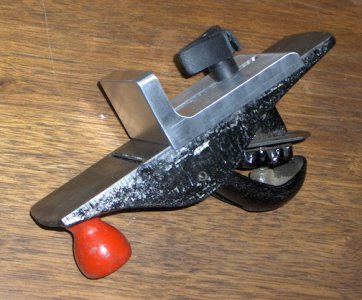
To deburr a pipe, I adjust the stop, hold the pipe against the stop with one hand, and rotate the pipe with the other.
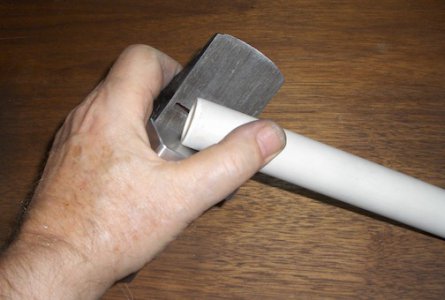
A swivel head deburring tool is handy for cleaning up the ID of the pipe.



